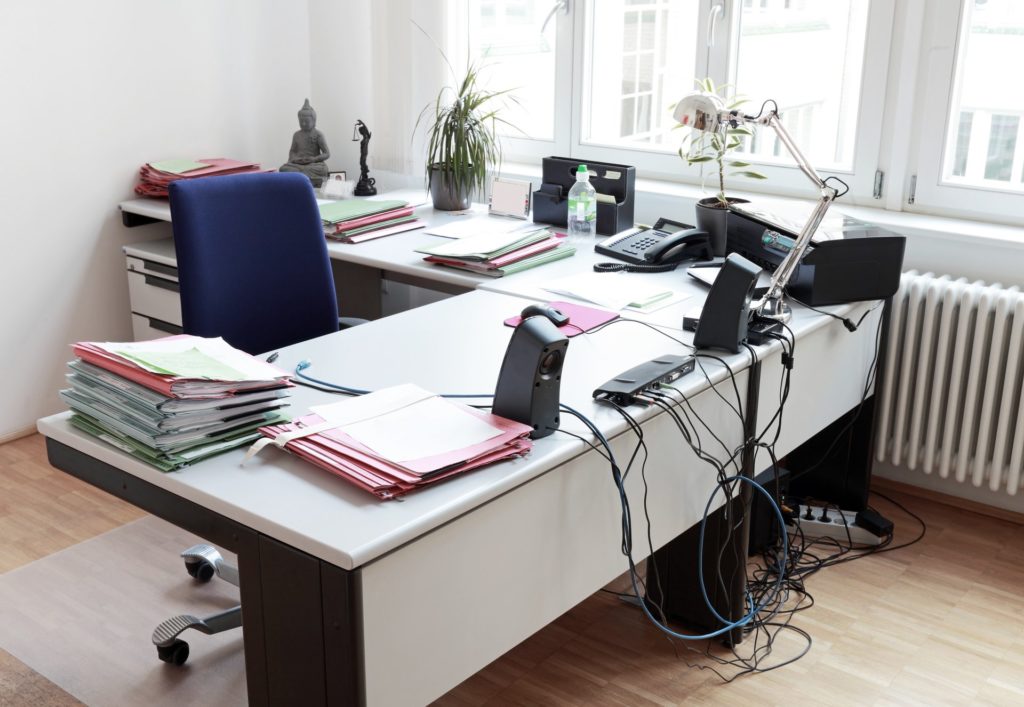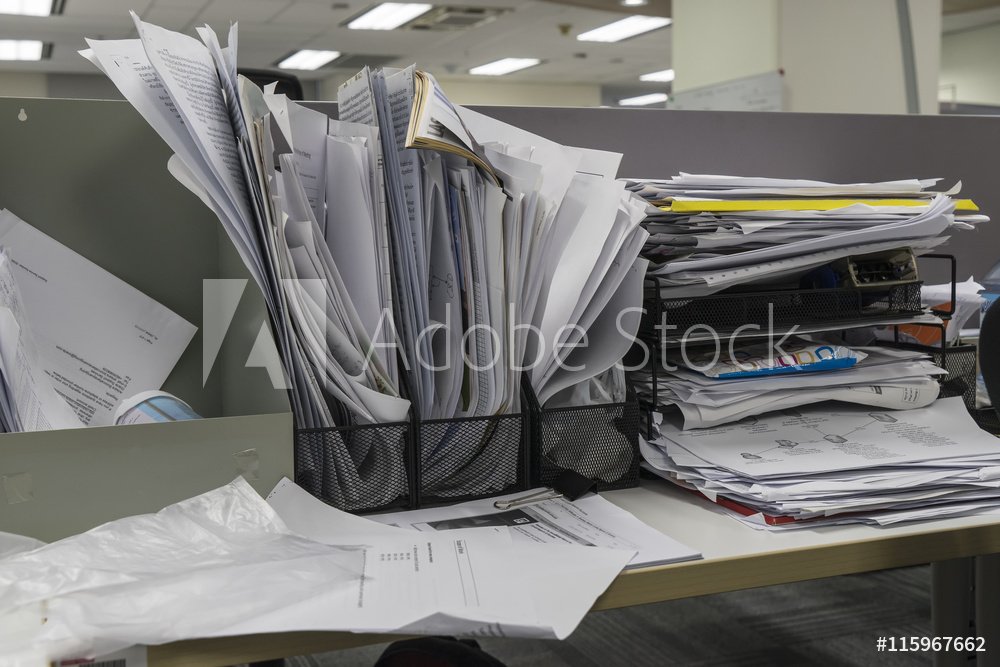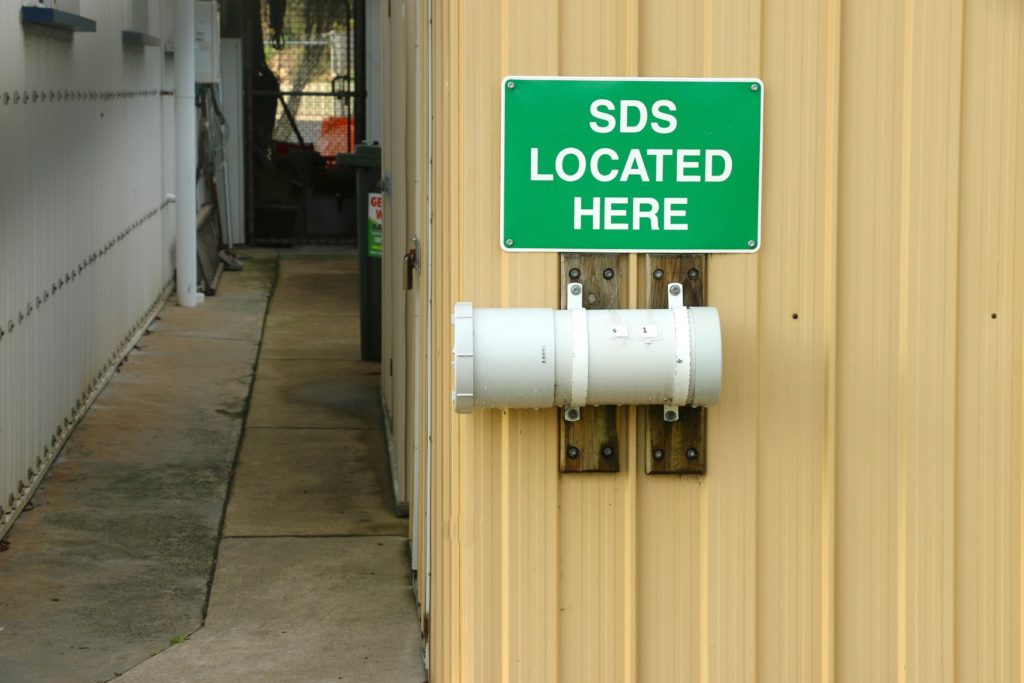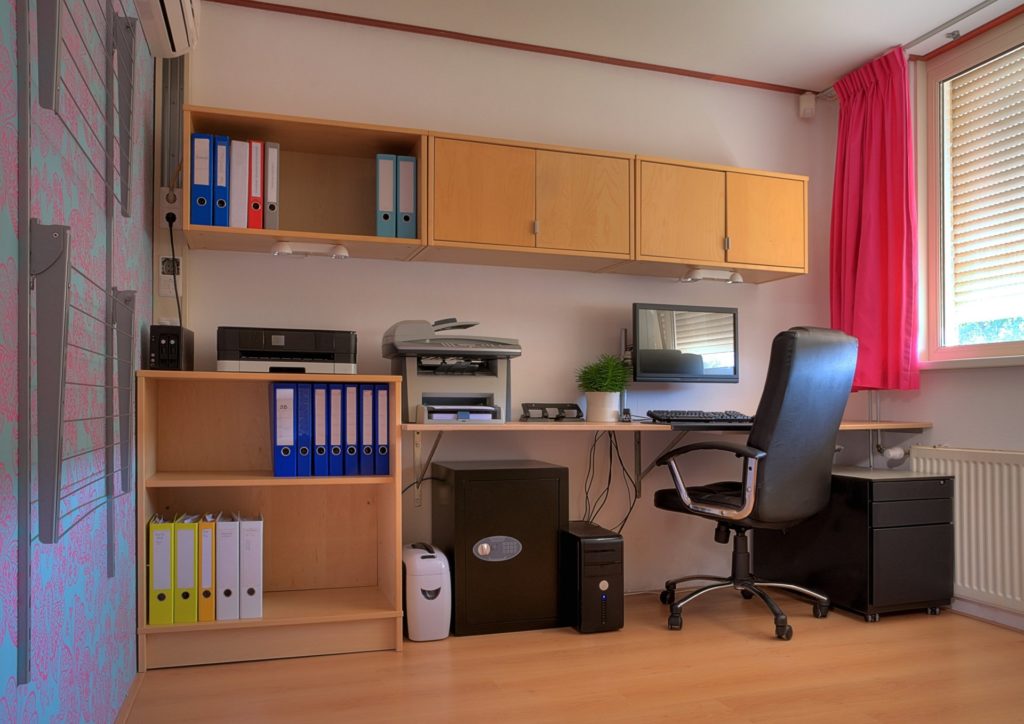What is 5S Methodology in the Workplace?
Posted June 14th, 2018.

Methodologies–especially in workplaces–can be challenging to track. It can also be difficult to ascertain how they will work for your specific workplace: there is no one size fits all for Agile, for example. However, the 5S method, while a standardized methodology with roots dating back to Henry Ford, is versatile and meant for many kinds of tasks, not just manufacturing or software development. In business, professionals often use it in the sense of maintaining a clean workspace, reducing wasted effort, inventory, and money; and ensuring workers have the tools they need to do their work when they need them.
At home, many of us care about clean rooms even though we dislike the actual actions of cleaning. Why do we do it? Because it helps us have a safe kitchen, reduce the risk of health problems such as diseases from mold, food contamination, or bug infestation, and more. Similarly, the 5S process is just a process to help us remind ourselves to clean our rooms and to help us do so–only applied to the workplace.
What Does 5S Stand For?

There are different ideas of where the “5S” of the 5S method name originated from, but words often associated with it are:
- Sort
- Straighten
- Shine
- Standardize (also sometimes System Creation)
- Sustain (also sometimes Safety)
Why implement 5S at all? These principles can lead to a cleaner, safer workplace. If workers know where to find essential tools and have those tools close at hand, they know they have what they need to start their work. They will work more efficiently and be more productive. Clean equipment means a lessened risk of equipment errors or failures.
How to Implement 5S

1. Sort
The sort step means separating out the essential items or tasks from non-essential items or tasks. You can apply this step to cleaning the floor or workspace in a manufacturing factory just as you could apply it to producing non-tangible items such as services or software. Figure out what to keep, what needs to be present, and what is optional or extra. In the case of items, if an object is deemed essential to the work, workers should tag and catalog it appropriately. Excess inventory is one form of waste, and figuring out employees’ use and how often they use those items is a major step towards reducing waste.
2. Straighten
Give all items each a specific place. Essential and frequent items should be readily available for workers to be able to access near their workspaces. As part of this step: requiring a worker to get necessary tools from down the hall in another storage room creates wasted movement and time. Label all storage labels and bins. Train workers on where each type of item belongs, what can be near the workspaces, and what can be turned back in or put in areas where less frequently used tools go. If you require special processes or procedures for specific tools–whether for use or disposal–now is the time to make note of them.
3. Shine
Make sure the space (as well as equipment in the area) is clean at the end of work time (whether it is end of each shift or end of each day). If things are not picked up, the mess just grows and grows. By cleaning after each shift, or day, you make sure the workers always have a clean environment to work in. This promotes a healthy and safe work environment, and also makes it easier for employees to focus on important tasks, instead of focusing on the mess around them.
4. Standardize
In this step, you must examine standards, checklists, documentation, etc. Evaluate how you maintain these records. If you must, revise these standards to take into account new relevant policies and laws. Examine documentation to see if users can practically use it, especially regarding processes or knowing where they might find vital equipment documentation. Excess documentation can lead to safety issues as well due to users not wanting to look through a 600-page tome before finding the sentence of information they might need. However, having no documentation nor checklists creates problems such as no outlined policy of responsibility or no set procedure. This introduces ample room for user error and equipment failure, possible miscellaneous safety and health issues ranging from misuse of equipment to risking vermin or bug infestations, and a host of other problems large and small.
5. Sustain
Following 5S principles needs to become a habit, and so this step ensures the continuation of the following the principles. During this step, you should develop and maintain an audit process, but the “sustain” step is really a reminder to keep doing the previous steps not once, not twice, but consistently over time.
How 5S Relates to Safety Data Sheets

Obviously, you can’t accomplish the standardize and sustain steps without checklists and data documentation. Therefore, you can use safety data sheets as part of the 5S process; account for items, tools, and equipment with related sheets, train workers on being able to find and reference these sheets, and ensure you place the sheets themselves near the specific item or piece of equipment a given sheet relates to. Make sure you have the appropriate safety data sheets during these steps and include them in your 5S process.
Moving Forward

Methodologies like 5S do not have to be unwieldy burdens. However, if your workplace needs a massive change in providing clean and safe work spaces, the first implementation of the 5S process might take more time than initially accounted for.
This is the importance of the sustain step: the more 5S methodology becomes a habit and integrated into the business as a whole, the easier it gets, the less time it takes, and efficiency becomes the norm. The burden of making decisions, figuring out the process, and best implementation, and other burdens get lighter because the system and its benefits are already in place. 5S methodology helps workers as well as reducing waste and increasing revenue for the business as a whole, as no one likes to realize an essential tool is halfway across the building, especially when you could have easily prevented this situation.
Here at Fox Cities Janitorial, we know what it takes to keep an office clean and can assist with making sure the safety data sheets are correct and up-to-date. Contact us for your office cleaning needs and let us help you create a more efficient workplace, driving your revenue through the roof.